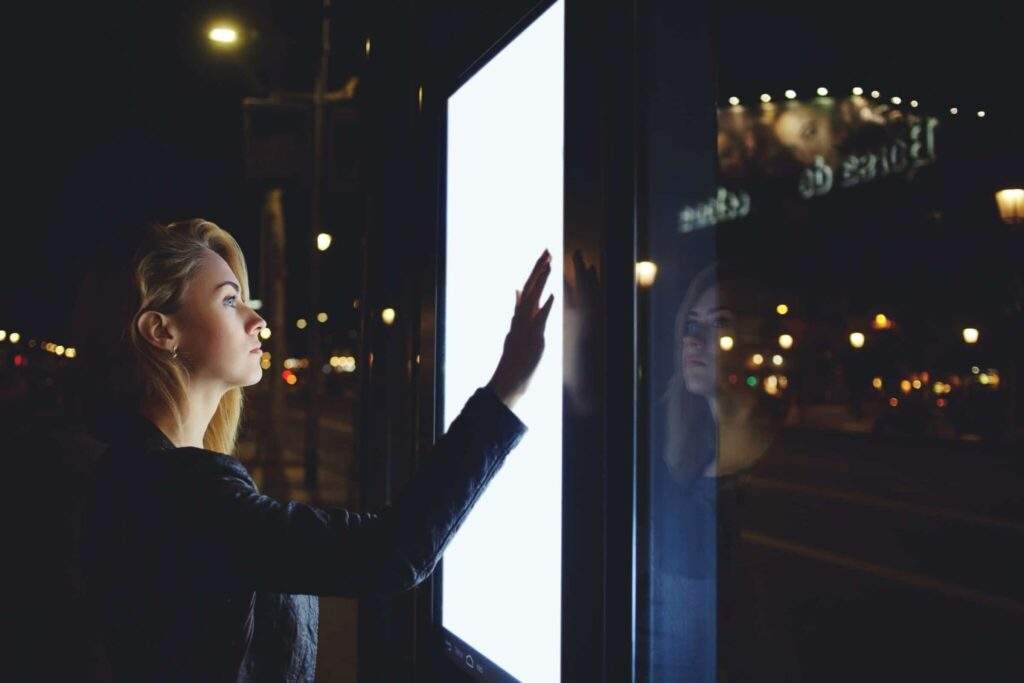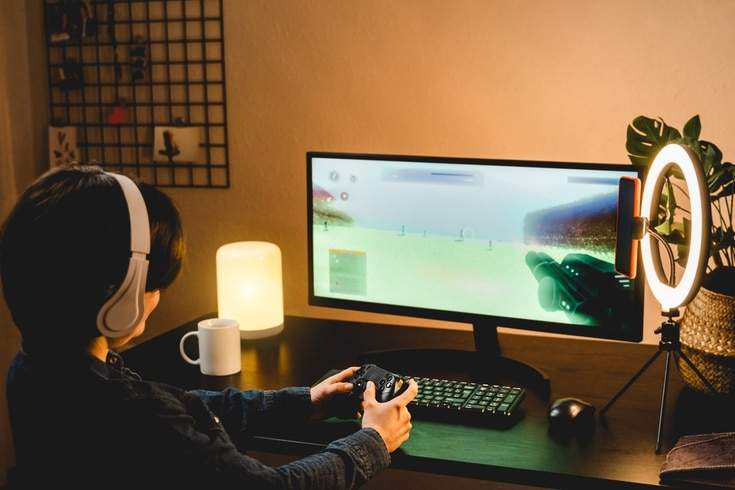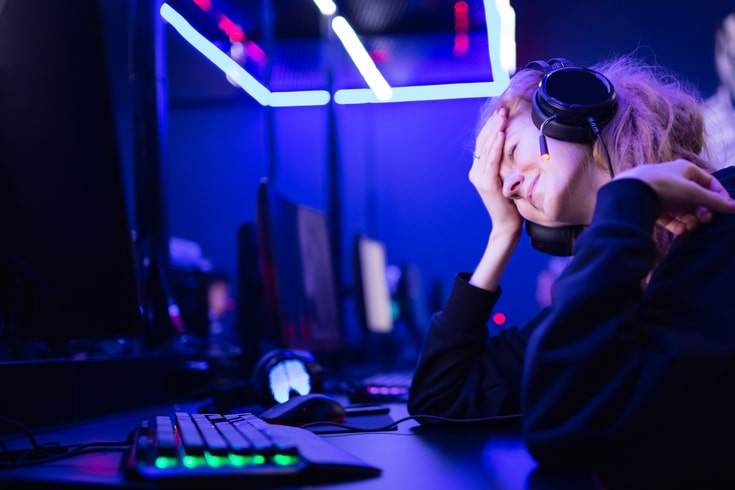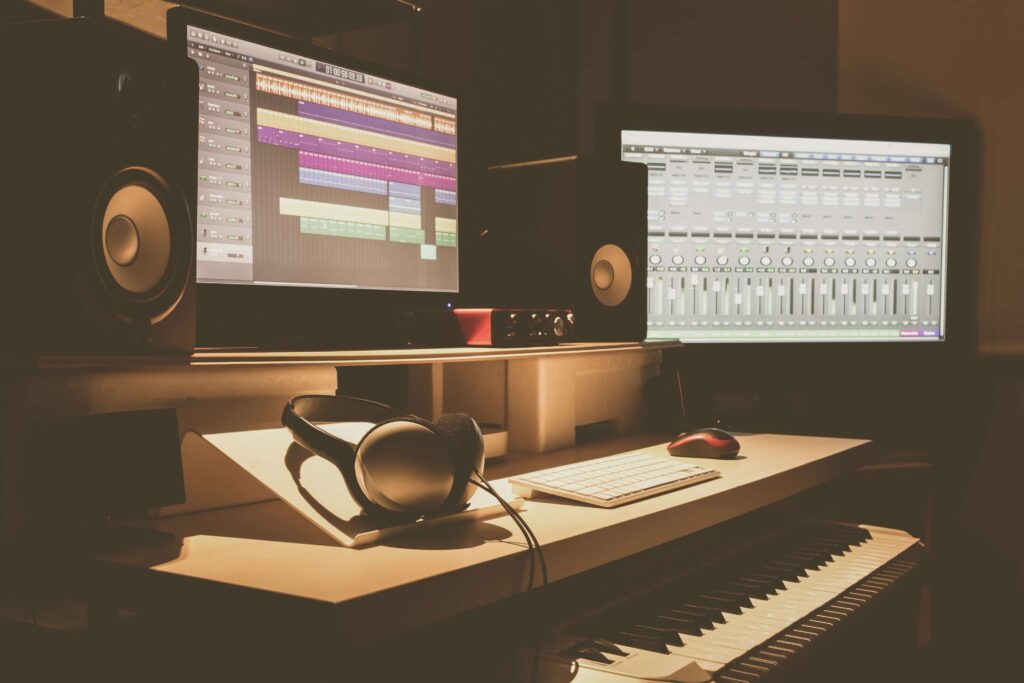Unauthorized Reproduction of Images: An Explanation of Copyright Infringement Pervasive on Social Media

Photos and images available on the internet can easily be downloaded or copied, leading to a never-ending issue of unauthorized reproduction on social media and aggregation sites.
Copyright holders of works such as photographs and illustrations possess rights such as the ‘right to reproduce’ and the ‘right to make available to the public,’ and, as a general rule, it is an infringement of copyright for someone else to reproduce and publicly share these works without permission. There have been instances where casually reposted content has led to claims for damages due to copyright infringement.
In this article, we will discuss the legal risks associated with reproduction by examining an actual case of unauthorized reproduction of an illustration.
The Difference Between “Quotation” and “Reproduction”
“Quotation” and “Reproduction” are both acts of duplicating or copying someone else’s work.
Even if it is someone else’s work, it is recognized that one can quote and use a published work of another person if it “conforms to fair practices and is carried out within the scope justified by the purpose of reporting, criticism, research, or other quotations” (Japanese Copyright Law, Article 32, Paragraph 1).
On the other hand, “reproduction” means to duplicate someone else’s work beyond the scope of what is subsidiary to one’s own work and to post it in a different location. Unlike quotation, reproduction requires the permission of the copyright holder. It is not permissible to reproduce and repost without permission for reasons such as “because I like the work” or “because I want to share it with many people.”
Related article: About Copyright Law Cases Where Quotation is Not Allowed (Text and Image Edition)[ja]
Is Reproduction Copyright Infringement?
Here, we will explain based on an actual case of unauthorized reproduction.
The case began when three illustrations, copyrighted by the plaintiff, an illustrator, were reproduced on the website “Girls VIP Summary” without permission. In 2018, the plaintiff claimed that this act of reproduction infringed upon their copyright for each illustration (the right of making transmittable, Japanese Copyright Law Article 23, Paragraph 1), and based on the presumption of the amount of damages stipulated in Japanese Copyright Law Article 114, Paragraph 3, they filed a lawsuit against the site operator for compensation. This is known as the “Unauthorized Reproduction of the ‘Wall Slam’ Illustration Case.”
Overview of the Unauthorized Reproduction of “Kabe-don” Illustrations Incident

The plaintiff had posted the illustrations in question on Twitter (currently known as X) and on a website operated by the plaintiff. The illustrations depicted four scenes under the title “Which Kabe-don Do You Like?” featuring a wall on the left side, a woman by the wall, and a man standing opposite her, with each scene accompanied by a descriptive text. Three of these illustrations were reproduced without permission on a website operated by the defendant.
The defendant claimed that the plaintiff had authorized the posting of the illustrations in question. As evidence, the defendant pointed out that immediately after the illustrations were posted, the plaintiff commented on Twitter, saying, “As for me, I’m the type who says, ‘Go ahead and reproduce without permission as long as you don’t erase the author’s name, haha!'” Based on this, the defendant argued that at the time the illustrations were reproduced, the plaintiff had authorized the defendant and other third parties to post the plaintiff’s illustrations.
In response, the plaintiff contended, “The defendant is selectively quoting the plaintiff’s statements on Twitter. Following the aforementioned comment, the plaintiff also stated that allowing unauthorized reproductions would unjustly benefit the reproducers, and in fact, the plaintiff expressed an opinion against tolerating unauthorized reproductions.”
Court Decision: Copyright Infringement Established
The court first examined the defendant’s claim that they had been authorized to post the illustrations in question. As a result, the court found that the statement was taken out of context and could not acknowledge that the plaintiff had permitted the defendant to post the illustrations on the website in question. Consequently, the court recognized the infringement of the right of communication to the public. Furthermore, the court found that the defendant acted either intentionally or at least negligently in committing the infringement.
Subsequently, the court assessed the damages caused by the copyright infringement, calculating the annual licensing fee for one illustration at 30,000 yen. It was also established that the defendant had posted the illustrations on the website in question for approximately three years. Therefore, the total amount of money the plaintiff should receive for the use of the illustrations was determined to be 270,000 yen (annual licensing fee of 30,000 yen x 3 illustrations x 3 years), and together with attorney’s fees of 30,000 yen, the defendant was ordered to pay a total of 300,000 yen.
The defendant argued that the calculation of damages should take into account that Twitter’s terms of service allow for the embedding of tweets on other websites. However, the court held that even with this consideration, there was no legal ground for the defendant’s posting actions to be deemed lawful. Given the nature of the website in question, which generates income based on the number of views, the court rejected the defendant’s argument (Tokyo District Court, June 7, 2018 (Heisei 30)).
Does X (formerly Twitter) Allow Reproduction in Its Terms of Service?
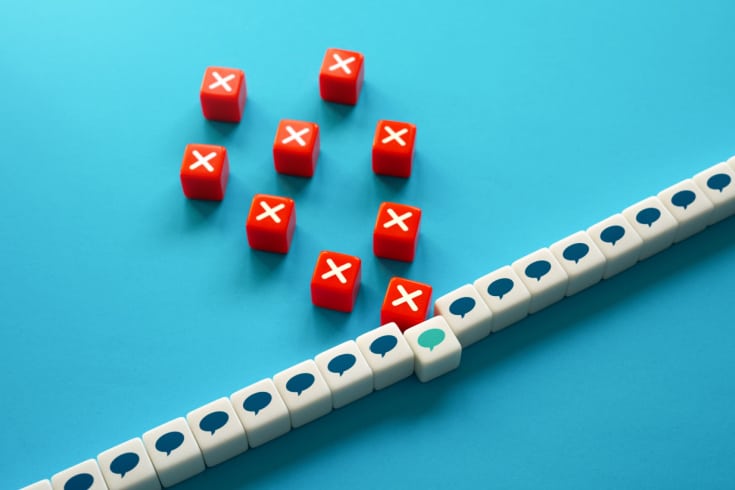
In the “Kabe-don Incident,” the plaintiff, an illustrator, contacted 14 sites that had reproduced their work without permission. Six of these sites immediately agreed to pay damages, prompting the plaintiff to seek legal assistance for the remaining eight sites. Subsequently, cease and desist letters were sent to the operators of each site, and settlements were reached with four more. However, the sites “VIPPER News,” “Girls VIP Summary,” “Stomachache News Matome,” and “News Channel” did not respond, leading to legal disputes in court.
In addition to the aforementioned incident, in a lawsuit against “News Channel,” the defendant argued that by posting the illustrations on Twitter (now X), the plaintiff had allowed third parties to publish them according to Twitter’s terms of service, thus not infringing on the plaintiff’s copyright.
Indeed, Twitter’s terms of service do specify certain reservations regarding users’ copyrights as follows:
- Users retain their rights to any content they submit, post, or display on or through the Services.
- By submitting, posting, or displaying content on or through the Services, users grant us a worldwide, non-exclusive, royalty-free license to use, copy, reproduce, process, adapt, modify, publish, transmit, display, and distribute such content in any and all media or distribution methods (now known or later developed).
- This license includes the right for us to make such content available to other companies, organizations, or individuals for the provision, promotion, and improvement of the Services, and to use such content in connection with the provision of those Services.
- Without compensation to users, we, or other companies, organizations, or individuals may use the content as described above, with users agreeing that their use of the Services constitutes adequate consideration for the rights granted to us.
(Excerpted from X Service Terms of Service[ja])
In response, the defendant claimed that since the plaintiff had published the illustrations on Twitter, the terms of service implied that the plaintiff had permitted third parties to publish the illustrations on other media without compensation. Therefore, the defendant argued that even if they had posted the illustrations on their site without the plaintiff’s explicit permission, it was as if they had the plaintiff’s consent.
The plaintiff countered that while they had granted Twitter a license to reuse the illustrations under certain conditions according to the terms of service, this did not extend to unauthorized reproduction. In other words, third parties must comply with the conditions set by Twitter for reuse, and only when these conditions are met does the third party legally obtain a license to reuse from Twitter. The plaintiff argued that the defendant had not met these conditions.
The court responded as follows:
“`html
Upon acknowledging the content of Twitter Inc.’s terms as certified, it is understood that these terms allow Twitter Inc. to provide certain content to third parties for specific purposes, on the condition that such use complies with Twitter’s terms regarding content usage, and that these third parties are permitted to use the content. However, the defendant has not made any concrete assertions or provided evidence that Twitter Inc. supplied the illustrations in question to the defendant based on the aforementioned terms. Therefore, it cannot be recognized that the plaintiff had granted permission to the defendant to post the illustrations on the website in question under these terms, and the defendant’s claim cannot be accepted.
Tokyo District Court decision, September 13, Heisei 30 (2018)
In a separate lawsuit, the court also ordered the defendant to pay a total of 300,000 yen, which includes the sum of 270,000 yen for the monetary value of the use of each illustration (calculated at 30,000 yen per illustration per year for three years) and 30,000 yen for attorney fees.
“`
Summary: Consult a Lawyer for Copyright Infringement on the Internet
Unauthorized reproduction is a reality that occurs frequently and casually on social media platforms like X (formerly Twitter). However, it is a risky behavior that is highly likely to be considered copyright infringement. In this article, we have explained the legal risks associated with such actions, based on actual court cases.
Just like quotations, reproductions should also be carried out cautiously in accordance with the Copyright Law.
Furthermore, many people use services like X without reading the terms of use. While they may seem complicated and verbose, we recommend that you take the time to read them.
Content that has been reproduced without permission may not only be subject to claims for damages, as explained here, but may also be requested to be removed. For more details, please refer to the article linked below.
Related Article: Defamation and Copyright Infringement Removal Requests for ‘Summary Sites'[ja]
Guidance on Measures by Our Firm
Monolith Law Office is a law firm with extensive experience in both IT, particularly the internet, and legal matters. Issues related to copyright require highly specialized judgment. Our firm provides contract drafting and review services for a wide range of cases, from publicly listed companies to venture businesses. If you are experiencing any difficulties with copyright issues, please refer to the article below.
Areas of Practice at Monolith Law Office: IT & Intellectual Property Legal Services for Various Companies[ja]
Category: Internet

